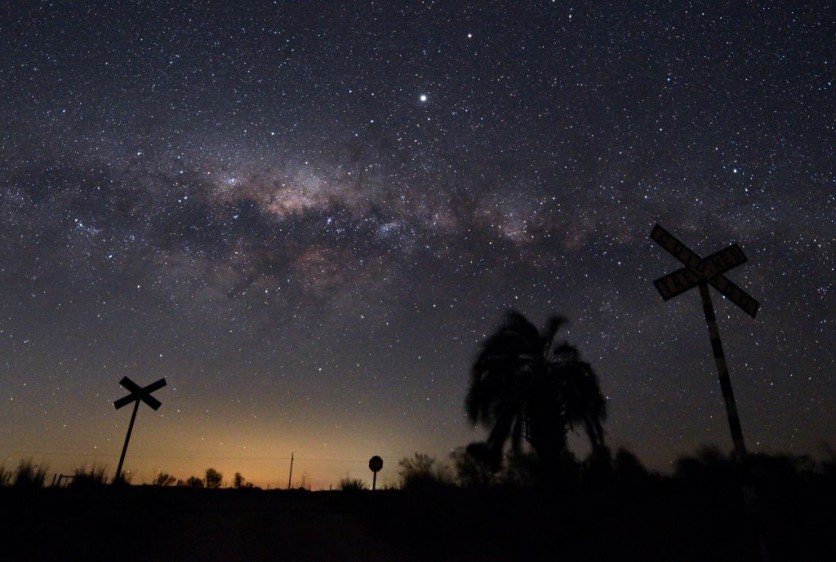A neutron star 1,300 lightyears away from Earth could be a new class of stellar objects and rewrite how certain star systems are understood.

Manisha Caleb, a lecturer at the University of Sydney and MeerTRAP team discovered a strange pulse coming from the Cela-X 1 region of the Milky Way that lasted around 300 milliseconds. As they dug deeper from that region, they found records of more pulses.
The researchers say that the neutron star has the characteristics of a "pulsar" or even a "magnetar." Pulsars are very dense and the remains of a collapsed giant star. They emit radio waves from their poles and can be measured from Earth as the star rotates.
As mentioned, their discovery based on the lengths of pulses left researchers baffled. Currently, the longest known rotation from a pulsar is only 23.5 seconds.
Therefore, scientists believe that this new discovery may be a new class of radio-emitting objects.
When giant stars die, they supernova and their core collapse in on itself. The energy from the core-collapse causes the electrons and protons in the atoms that make up the core to fuse together, forming neutrons. Therefore, a neutron star is born.
"Detecting similar sources is observationally challenging, which implies a larger undetected population," the study reads.
Also Read: Stars Generate Key Ingredient of Life Found in Humans - Scientists Tried Cooking this Ingredient!
A Link Between Different Cosmic Bodies
The Australian-based team of international researchers also noted in their study that the discovery establishes the existence of ultra-long period neutron stars.
Therefore, this suggests a possible connection to the evolution of highly magnetized neutron stars, ultra-long period magnetars and Fast Radio Bursts (FRBs). FRBs are powerful radio energy blasts that usually come out of nowhere.
With this, they could use this for future image and time domain searchers for similar long-period objects to better understand the Galactic neutron star population and its links to FRBs.
A Neutron Star "Graveyard"
The researchers also discovered "graveyard" within a neutron star in which the specific region of space it was discovered was theorized to be filled with neutron stars at the end of the lifecycle, which suggested that they aren't active.
Because of this new discovery, also presents an anomaly to what we currently know about neutron stars. This then affects the understanding of stellar objects today.
It could also prove the existence of "ultra-long period magnetars" that scientists have long theorized to exist. However, this isn't the first time mysterious radio pules have baffled scientists.
A notable discovery is the radio signal detected on April 2020 that originated in the location of a known magnetar in the Milky Way and if we were positioned in a nearby galaxy, we'd detect the signal as an FRB.
Related Article: Rare Stars With Unusually Abundant Oxygen, Carbon Discovered! Experts Don't Know How They Formed
This article is owned by TechTimes
Written by April Fowell
ⓒ 2025 TECHTIMES.com All rights reserved. Do not reproduce without permission.




